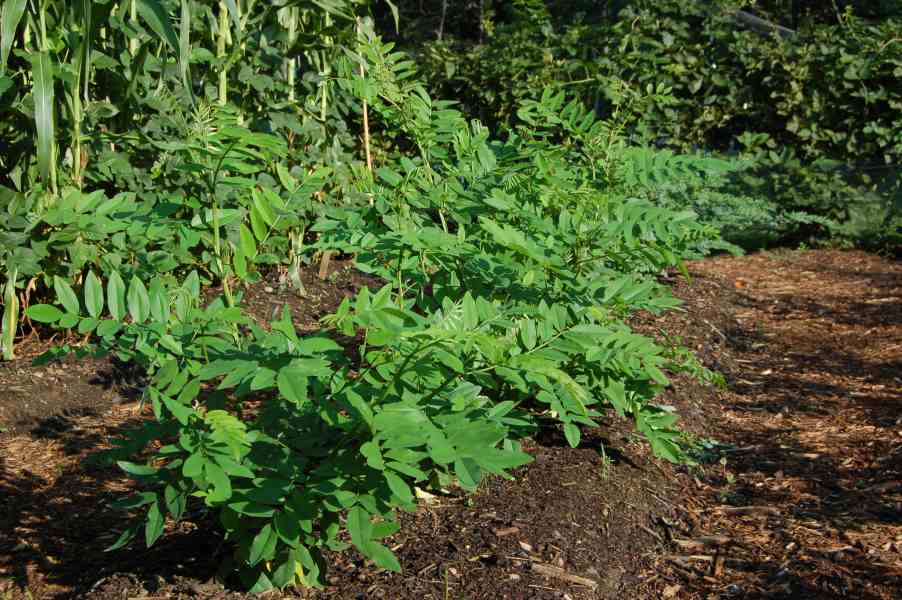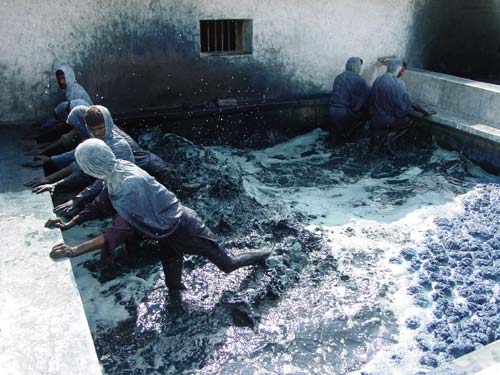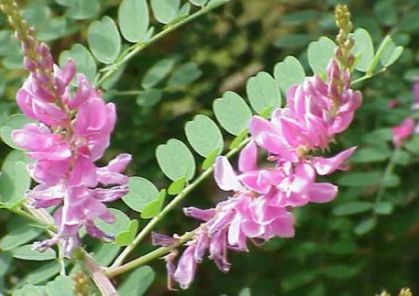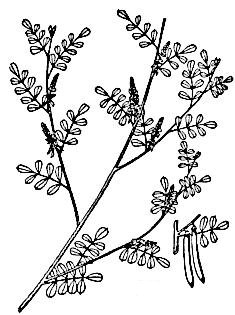 Indigofera
tinctora 木
蓝 Mù
lán Indigo
Family: Leguminosae
Indigofera
tinctora 木
蓝 Mù
lán Indigo
Family: Leguminosae

 青黛 Qīng
Dài Indigo flower
青黛 Qīng
Dài Indigo flower

Effect of Indigofera tinctoria Linn on liver antioxidant defense system
during D-galactosamine/endotoxin-induced acute hepatitis in rodents.
Sreepriya M, Devaki T, Balakrishna K, Apparanantham T.
Abstract
Effects of pre-treatment with the alcoholic extract of I. tinctoria (500 mg/kg
body wt/day, p.o. for 21 days) on liver antioxidant defense system during acute
hepatitis induced by D-galactosamine (D-GalN)/endotoxin (LPS extracted by phenol
water method from E. coli serotype 0111.B4; 300 mg and 30 micrograms/kg body
wt/day, i.p., 18 hr before the assay) were investigated on the activities of
enzymic antioxidants such as superoxide dismutase, catalase, glutathione peroxidase
and glutathione-s-transferase, and levels of total reduced glutathione in the
liver of normal and experimental groups of male albino rats. Since lipid peroxidation
and associated membrane damage is a key feature of D-galN/LPS-induced liver
injury, the levels of lipid peroxides, was estimated and used as an index of
oxidative stress. D-GalN/endotoxin-induced hepatic damage was manifested by
a significant decrease in the activities of antioxidant enzymes, decreased glutathione
levels and increased levels of lipid peroxides. I. tinctoria pre-treated rats
showed considerable protection against D-galN/endotoxin, induced oxidative stress
as evidenced by a significant increase in the activities of all the antioxidant
enzymes studied and significant decrease in the levels of lipid peroxides. Results
indicate that pretreatment with I. tinctoria extract in rats is very effective
in reducing D-GalN/endotoxin-induced oxidative stress suggesting an antioxidant
effect. Indian J Exp Biol. 2001 Feb;39(2):181-4. ncbi.nlm.nih.gov